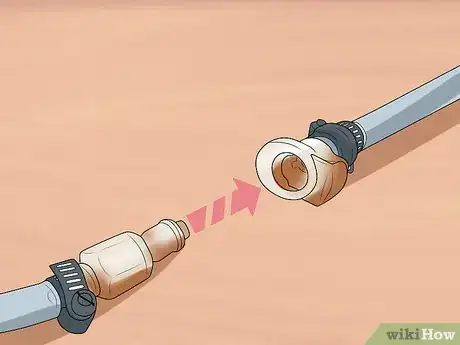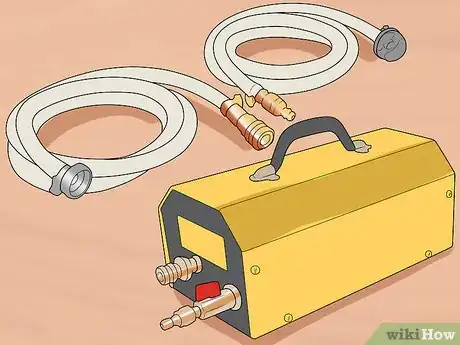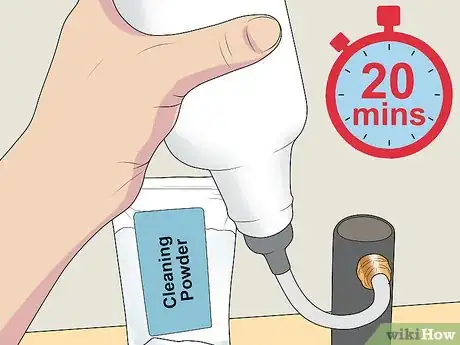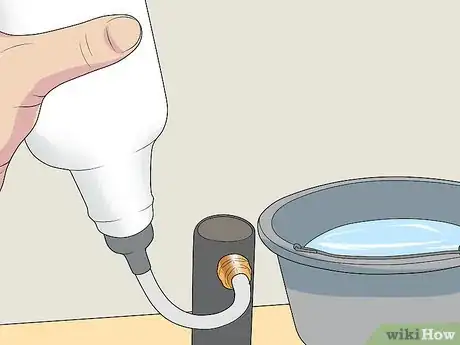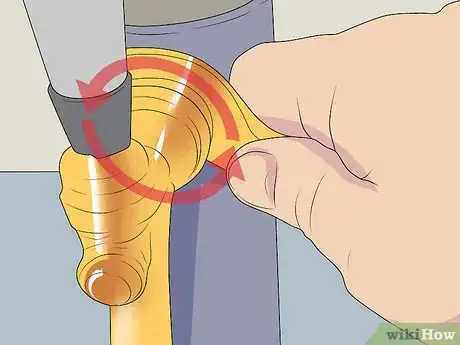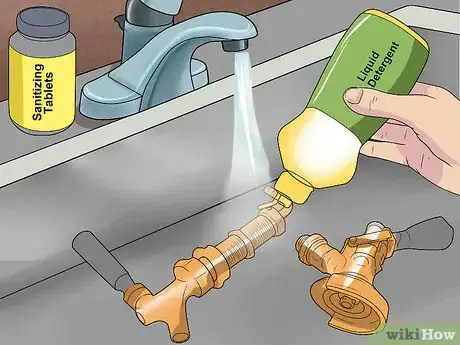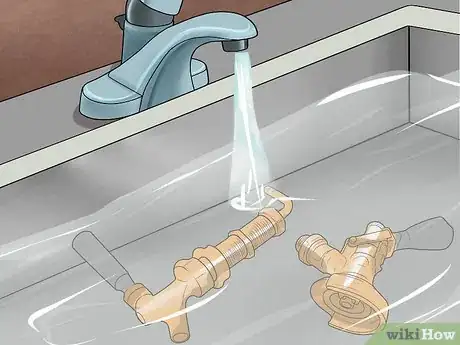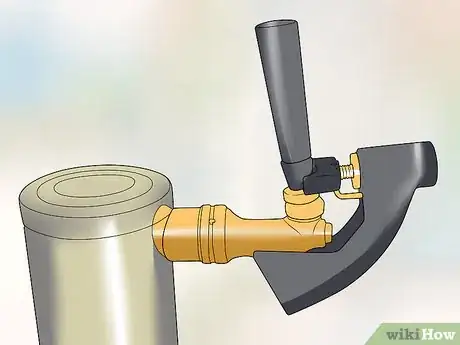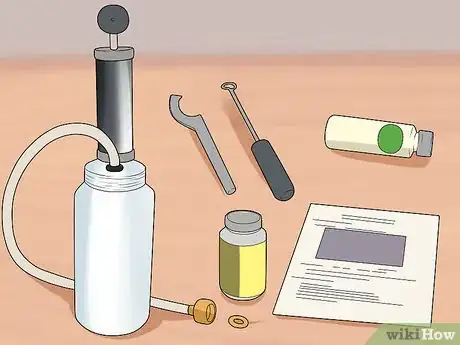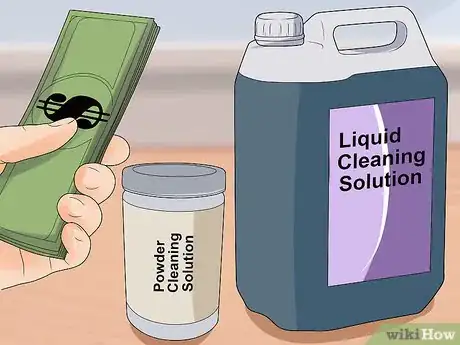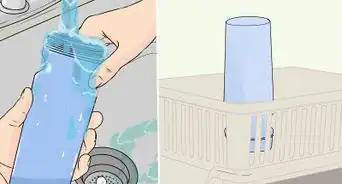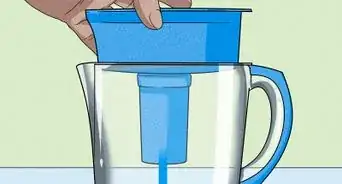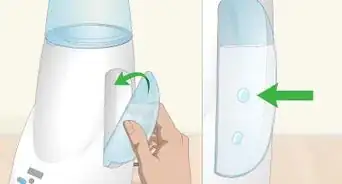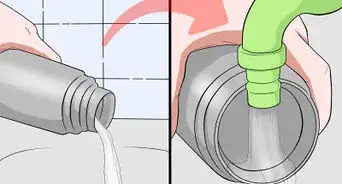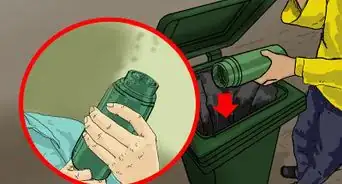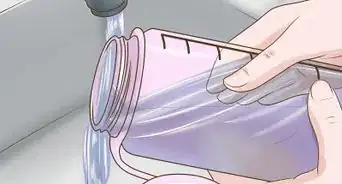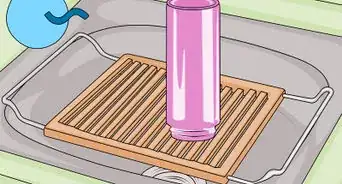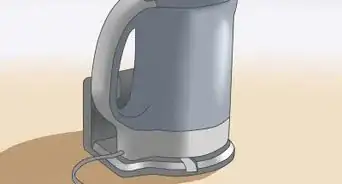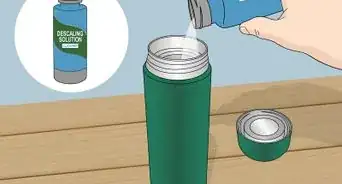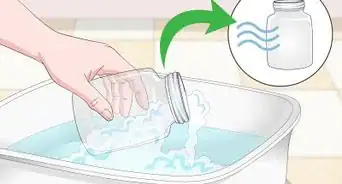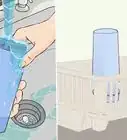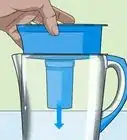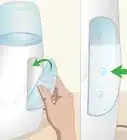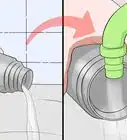This article was co-authored by wikiHow Staff. Our trained team of editors and researchers validate articles for accuracy and comprehensiveness. wikiHow's Content Management Team carefully monitors the work from our editorial staff to ensure that each article is backed by trusted research and meets our high quality standards.
There are 7 references cited in this article, which can be found at the bottom of the page.
This article has been viewed 23,367 times.
Learn more...
If your beer is pouring with too much foam or is starting to taste a little funny, you may want to clean the lines. Yeast may have grown in the lines. There may be black or brown mold on your beer faucet. Beer stones or bacteria may have built up in your lines.[1] Depending on the type and amount of beer you pour, you may want to clean your beer lines at least once every two weeks.[2]
Steps
Cleaning the Tap Lines
-
1Disconnect your tap lines. Start by turning off the carbon dioxide at the regulator. Then, remove the coupler where it meets the keg. Finally, unscrew the beer hose.
-
2Use a recirculating line cleaning pump. Instead of a hand pumped or pressurized cleaning bottle, you could purchase or rent a recirculating cleaning pump. By recirculating the cleaning solution through the lines, you are more likely to get rid of bacteria, beer stones, yeast and mold.[3]
- A recirculating pump is eighty times more effective than soaking beer lines.
- Check to see if your home brewing retailer has a recirculating pump.
Advertisement -
3Pump cleaning solution into the beer hose. Using your cleaning bottle, pump the cleaning solution through the beer lines.[4] Let the solution sit in the beer lines for at least twenty minutes.[5]
- You can use a pressurized cleaning bottle, which allows you to move the cleaning solution easily through your beer lines.
- Hand pumped cleaning bottles are available, but you will have to work hard to pump the solution manually through the lines.
- A variety of beer line cleaners are available. You should use a beer line specific cleaning solution, rather than any conventional cleaner.
-
4Run water through the beer lines. Empty the solution out of your pressurized or hand pumped cleaning bottle. Rinse the bottle thoroughly. Then, fill it with clean water and use it to rinse your beer lines.[6]
- It is important to give a thorough rinse, otherwise traces of cleaning solution may get in your beer and burn your mouth.
Cleaning the Coupler and Faucet
-
1Remove the faucet from the tower with a wrench. Using a faucet wrench, remove the tap or faucet from the beer tower. Then, remove the keg coupler to separate the beer lines from the keg.[7]
-
2Soak the faucet and the keg coupler in a cleaning solution. Using an effective cleaning solution such as sanitizing tablets, ultrasonics or hypochlorous acid, fill a bucket or sink with warm water and detergent. Soak the faucet and coupler in the solution overnight. Then, brush it with kitchen brush to remove any debris.[8]
- Although some people use carbonated water to clean faucets or nozzles, this has been proven ineffective. Ultrasonics, hypochlorous acid or other effective cleaning solutions should be used to maintain the cleanliness of faucets.[9]
-
3Rinse the faucet and keg coupler. In a kitchen sink, spray the faucet and keg coupler with clean water. Give both components a thorough rinse.
-
4Reconnect the faucet, coupler and beer lines. Once you have finished cleaning, reconnect the faucet to the beer tower. Screw the coupler back onto the keg. Then, attach the beer lines back to the system, so that your faucet is connected to the keg via the beer lines.[10]
Getting The Equipment and Expertise
-
1Get a beer cleaning kit. You can purchase beer cleaning kits and appropriate cleaning solutions at your local home brewing store. If there is no home brewing retailer in your neighborhood, you can purchase cleaning kits online. Typically, cleaning kits will come with cleaning bottles to pump cleaning solution through the beer lines as well as cleaning solutions.[11]
-
2Purchase beer cleaning solutions. Powder based cleaners are often more economical but require additional mixing time. Liquid cleaners mix easily with water, which can save time. You can find beer cleaning solutions at your local home brewing retailer or online.[12]
-
3Hire a tap line cleaner. Professional beer tap cleaners are available to come and clean your taps on a regular schedule. If you are a small business owner and lack the time to do it yourself, you may want to hire a professional beer tap cleaner.[13]
- In some regions, there are regulations for how often you need to clean your beer taps. So, it is a good idea to check with the local food safety organization to find out the required frequency for cleaning your taps.
References
- ↑ https://www.brewersassociation.org/industry-updates/importance-draught-beer-line-cleaning/
- ↑ https://www.bostonglobe.com/lifestyle/food-dining/2016/10/31/why-does-this-beer-taste-bad/HvbtlS2t323zqCgizefLoJ/story.html
- ↑ http://www.micromatic.com/beer-questions/how-often-clean-equipment
- ↑ http://www.micromatic.com/beer-questions/how-often-clean-equipment
- ↑ https://www.brewersassociation.org/industry-updates/importance-draught-beer-line-cleaning/
- ↑ http://www.micromatic.com/beer-questions/how-often-clean-equipment
- ↑ http://www.micromatic.com/how-to-clean-beer-lines
- ↑ http://www.micromatic.com/beer-questions/how-often-clean-equipment
- ↑ http://onlinelibrary.wiley.com/doi/10.1002/jib.335/abstract
- ↑ http://www.micromatic.com/how-to-clean-beer-lines
- ↑ https://www.kegworks.com/blog/how-to-clean-and-maintain-your-draft-beer-system/
- ↑ https://learn.kegerator.com/beer-line-cleaning-kits/
- ↑ https://www.bostonglobe.com/lifestyle/food-dining/2016/10/31/why-does-this-beer-taste-bad/HvbtlS2t323zqCgizefLoJ/story.html
